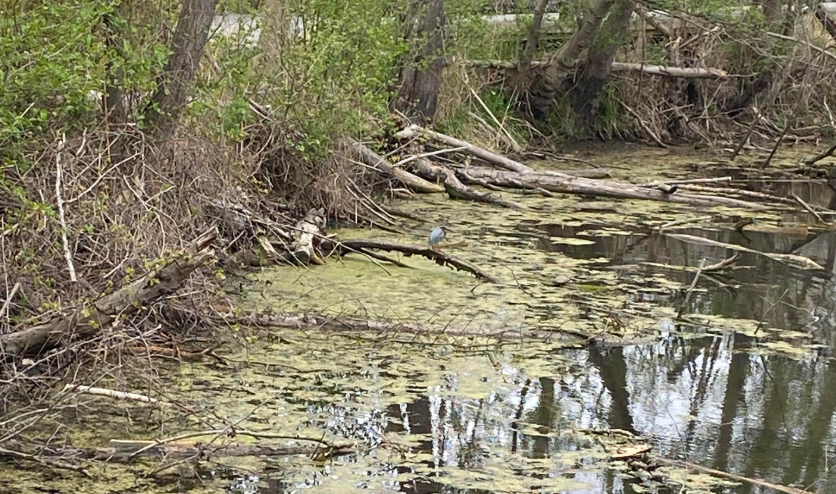I spend a moment looking into the flower garden in front of my house; the bright red tulips sway in a light breeze. We planted them right under a tree in soil and compost to ensure that the flowers grow tall but the soil remains healthy for our garden next spring.
Guests often ask, “What fertilizer do you use?” The truth is, fertilizer from the store isn’t the key ingredient to making our garden thrive; the beauty is because of the humus created in our compost pile.
Composting is recycling organic matter to make nutrient-rich humus. Instead of buying a big bag of fertilizer to use on your lawn, you can create a compost pile in your backyard. Unlike fertilizer from the store, compost does not damage the soil already present. Fertilizer typically has increased nitrogen and phosphates along with chemicals that may help the plant grow, but destroys the dirt that was originally there. Contrary to fertilizer at the store, compost is a nutrient-filled substance that benefits both the plant and the original soil.
For a beginner, composting may seem difficult. However, with the right steps it can be very easy. There are many composting bins to choose from. One could purchase a rotating bin. This type can be expensive up front but simple to use; all you have to do is put the yard waste and organic waste from the house into it and rotate it using the lever every few weeks. But for beginners that want to save time and money, a pile would be easiest and most cost efficient. To make a compost pile, there are just a few easy steps:
- Collect any organic waste from your home
Organic waste can come from any room in your home. It can come from the kitchen, such as vegetable or fruit waste, or the eggshells from the breakfast you made this morning, even that old pasta sitting in the back of the cabinet.
2. Collect any yard waste
Yard waste can include almost everything, grass clippings you get during the summer or the fallen leaves from fall. Avoid adding fertilizer or dog waste into the compost pile; they do not decompose well and can affect the rest of the organic waste.
3. Find a spot that you don’t mind the pile being
This could be in the corner of the yard where your guests don’t see, or on the side of the house. Any place outdoors with a fresh air flow will be effective.
4. Layer the compost
First take yard waste from the base of the pile, then put a layer of the organic waste from your house, repeat until all the organic waste from the house is gone. Set aside the extra yard waste if any to add into the pile later on. Layering the compost helps make sure you have an even amount of yard waste and other organic wastes, and ensures that the two decompose evenly to create a mixture.
5. Every few weeks mix the organic matter
Every 2-3 weeks you should go out and stir up the mixture to allow oxygen to enter the decomposing matter by using a pitchfork or shovel. You may always add in more organic waste from the house or yard waste at any time, but when you stir the pile it should be wet and filled with critters.
These steps will allow you to end up with a healthy humus to use on your lawn, garden, or potted plants. It will add nutrients to not only help the plant grow, but keep the dirt around healthy and chemical free. For anyone who is looking to have a fresh green lawn or a beautiful garden, having your own compost pile is the way to go.






